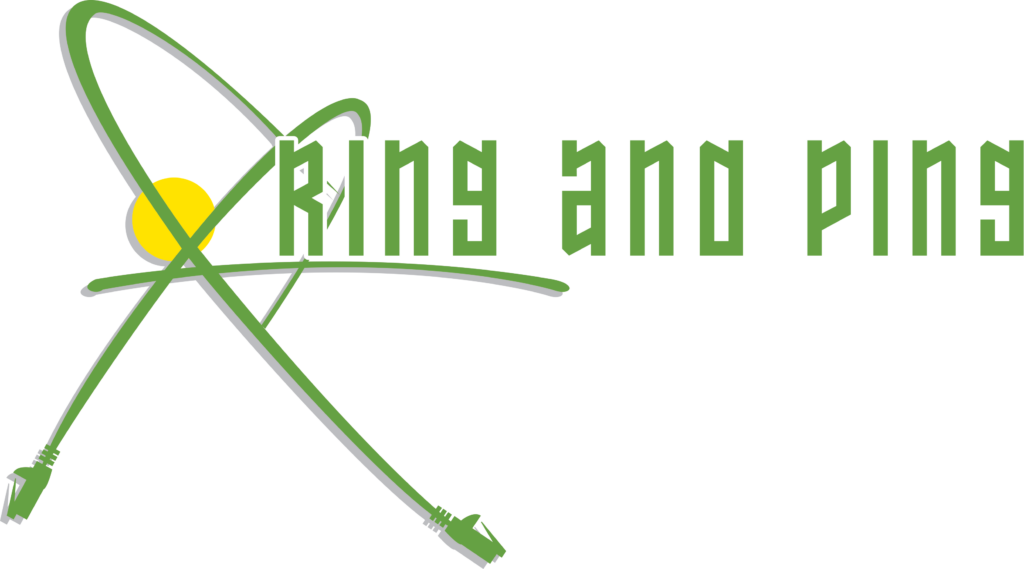Single Mode Fiber Optics
Is best at retaining the fidelity of a light pulse over longer distances. Therefore, it can carry higher bandwidth than multi-mode fiber. Single mode fiber is best at retaining the fidelity of a light pulse over longer distances. Therefore, it can carry higher bandwidth than multi-mode fiber. Single mode optical fiber carries a single light ray, allowing each light pulse to retain fidelity over longer distances and with greater bandwidth than in multi-mode fibers.
Multi Mode Fiber Optics
Is best over short distances, such as within a single building or campus. Multi-mode fiber is capable of rates of 10 Gbps over lengths of up to 300 meters. Multi-mode fiber has a core diameter of 50 to 100 microns, versus 8.3 microns for single mode fibers. It has greater light-gathering capability than single mode fiber. Multi-mode fiber meets many needs and is more cost effective than single mode fiber.
Laser Optimized Fiber Optics
Allow transmission speeds of up to 10 Gbps over even longer distances. Laser optimized fiber optic cabling enables data transmission over longer distances previously only feasible with single mode fiber. Just how good is the data transmission? Well, it can transmit data at 100 Gbps for up to 600 feet, and 10 Gbps up for distances up to 1,000 feet. The result is increased bandwidth and reduced network costs.
OM4 Fiber
OM4 fiber allows cable infrastructure design to support longer distances or more connections for Ethernet or Fiber Channel applications. It is also cost effective because it avoids the need for expensive single mode fiber transceivers.
Ring and Ping Communications offers a range of fiber optic products and services. Fiber optic cabling is used extensively in LAN backbones, industrial networks, security cameras, and many other applications. As the most economical means of transmitting high-bandwidth information, fiber optic systems have many advantages compared to electrical transmission.
